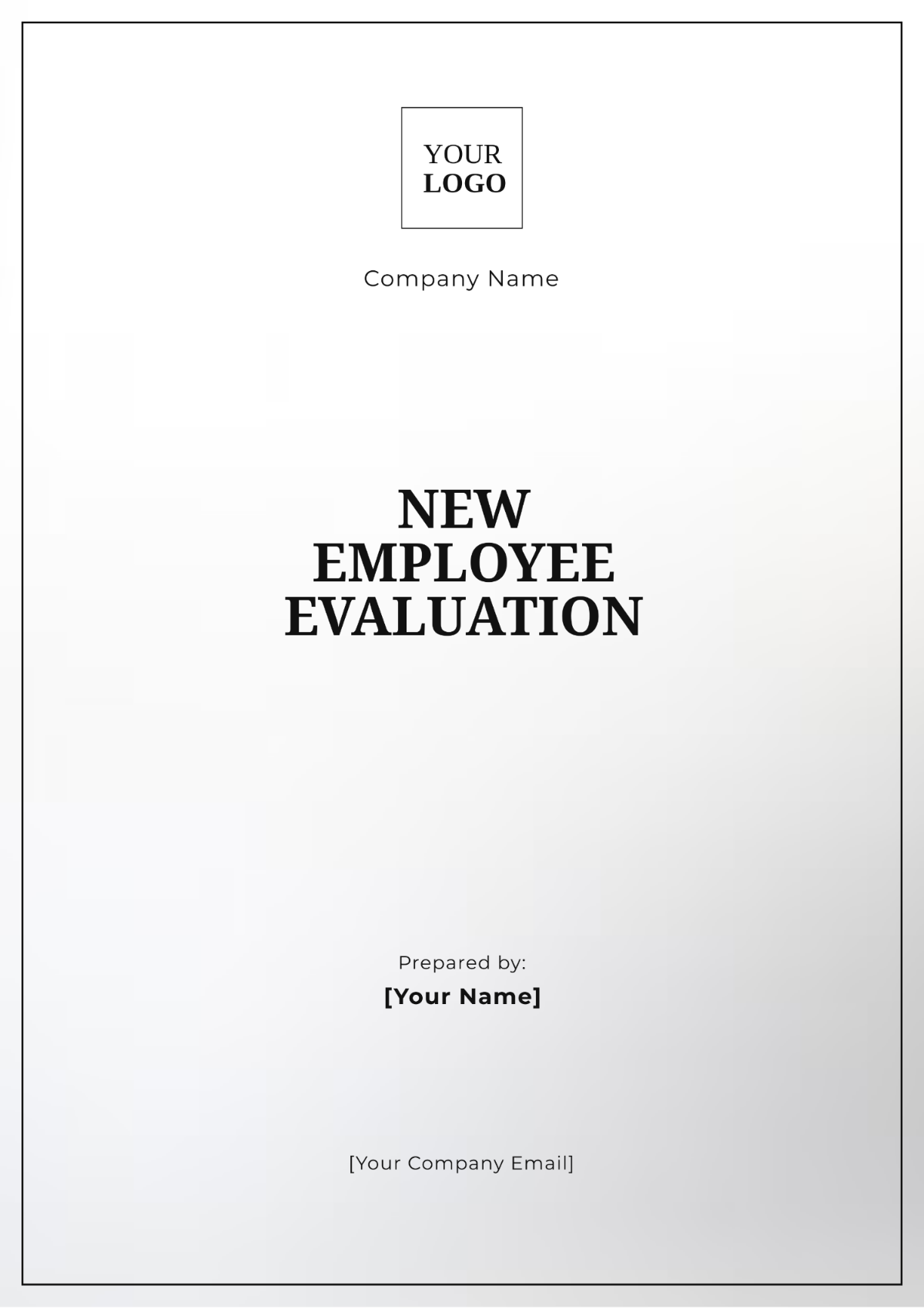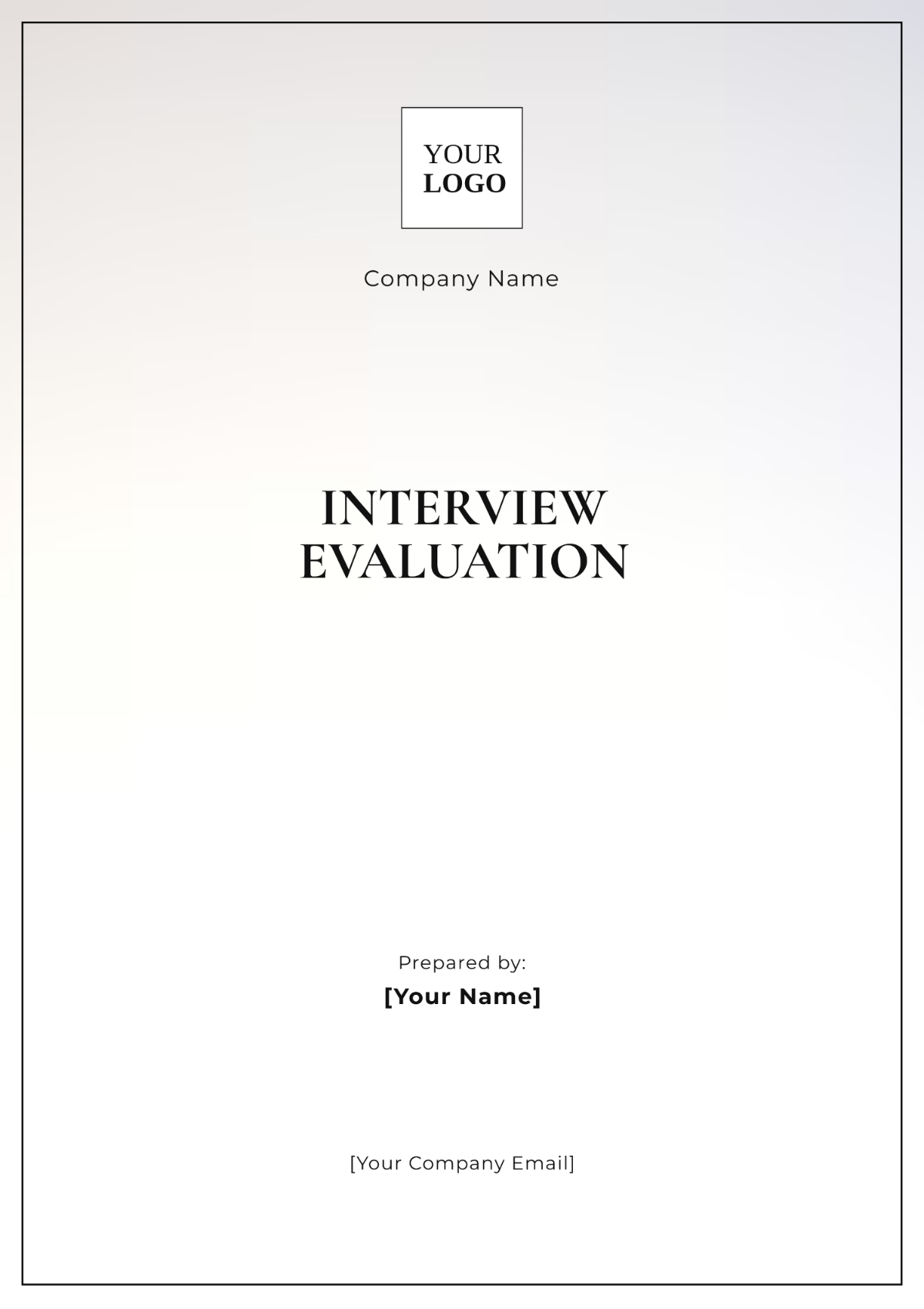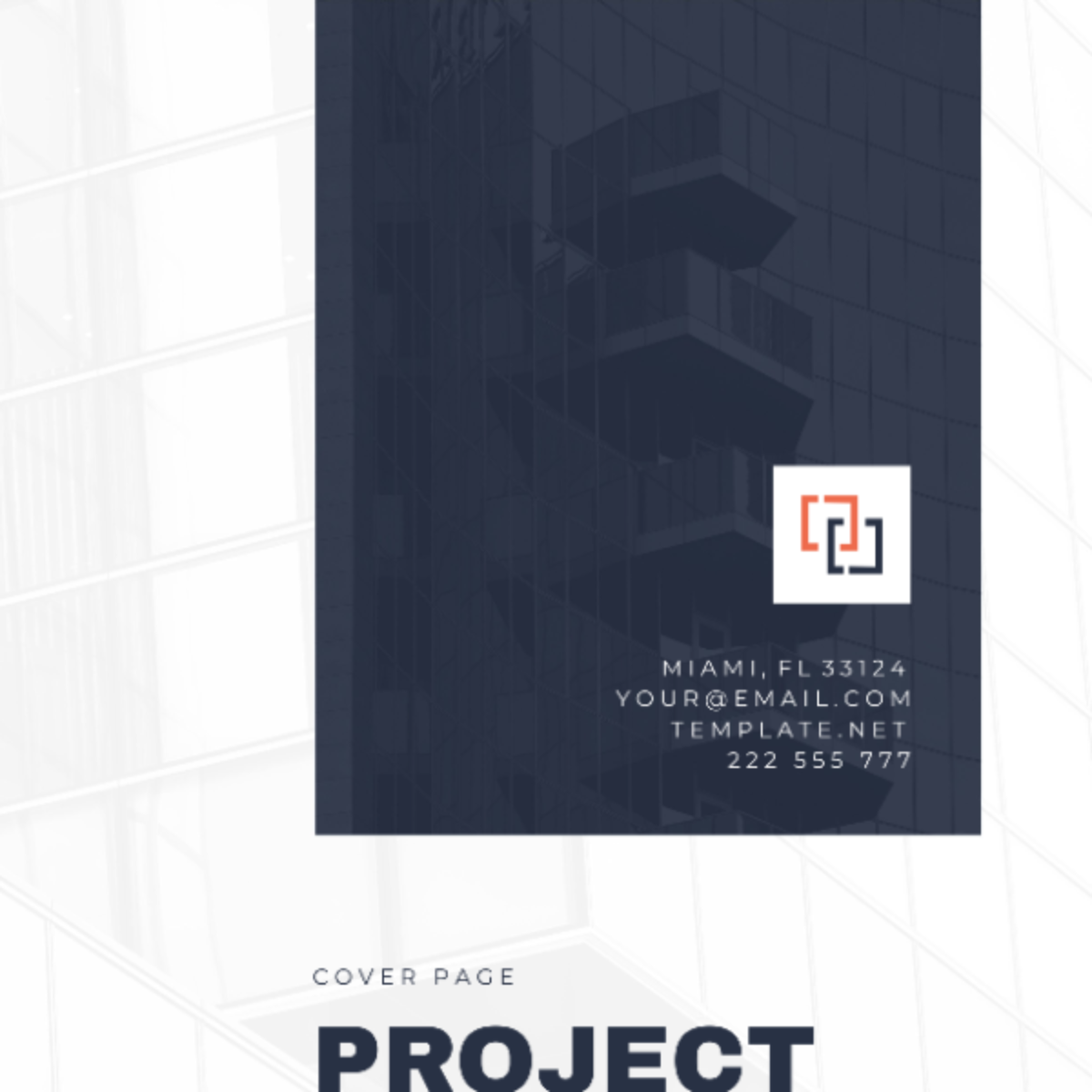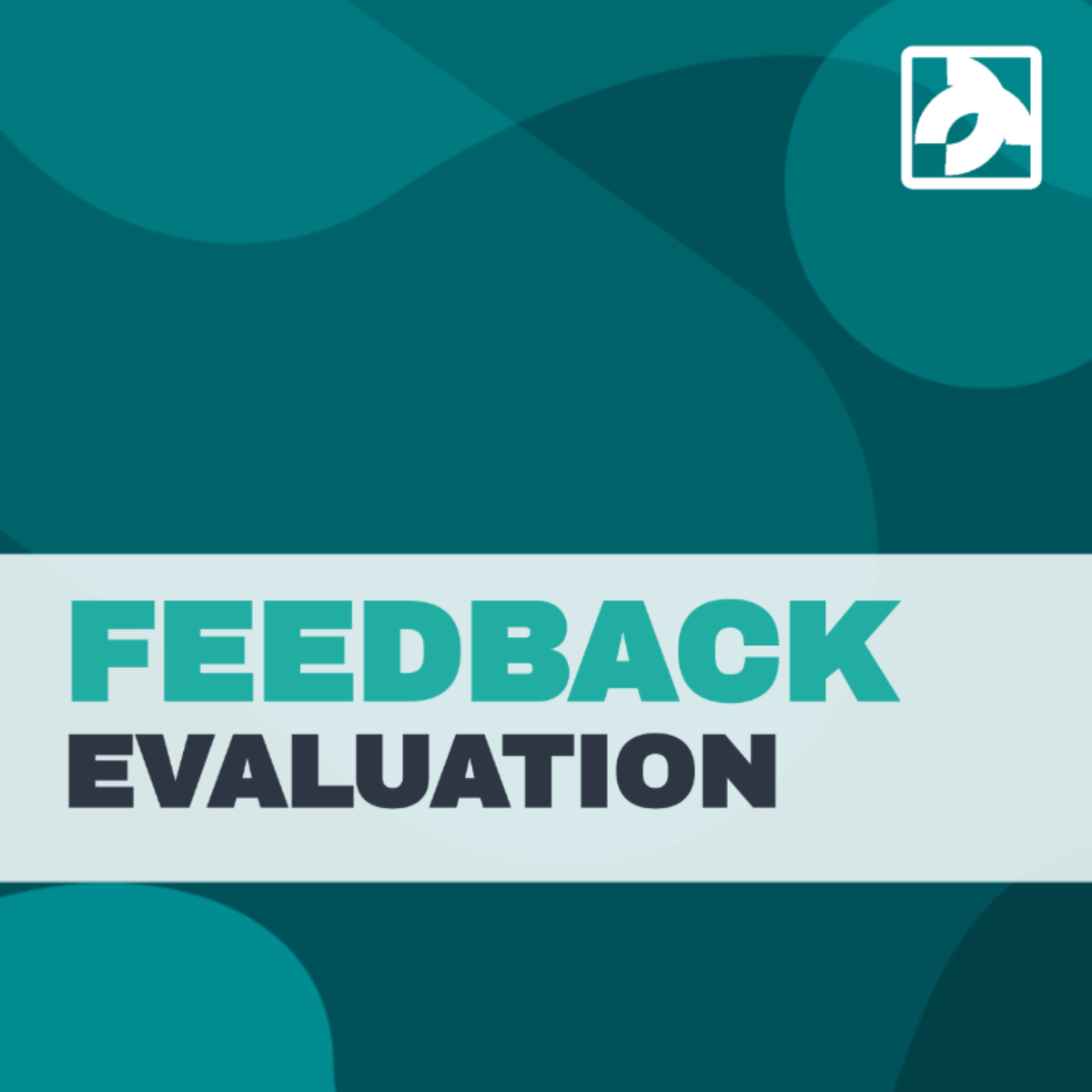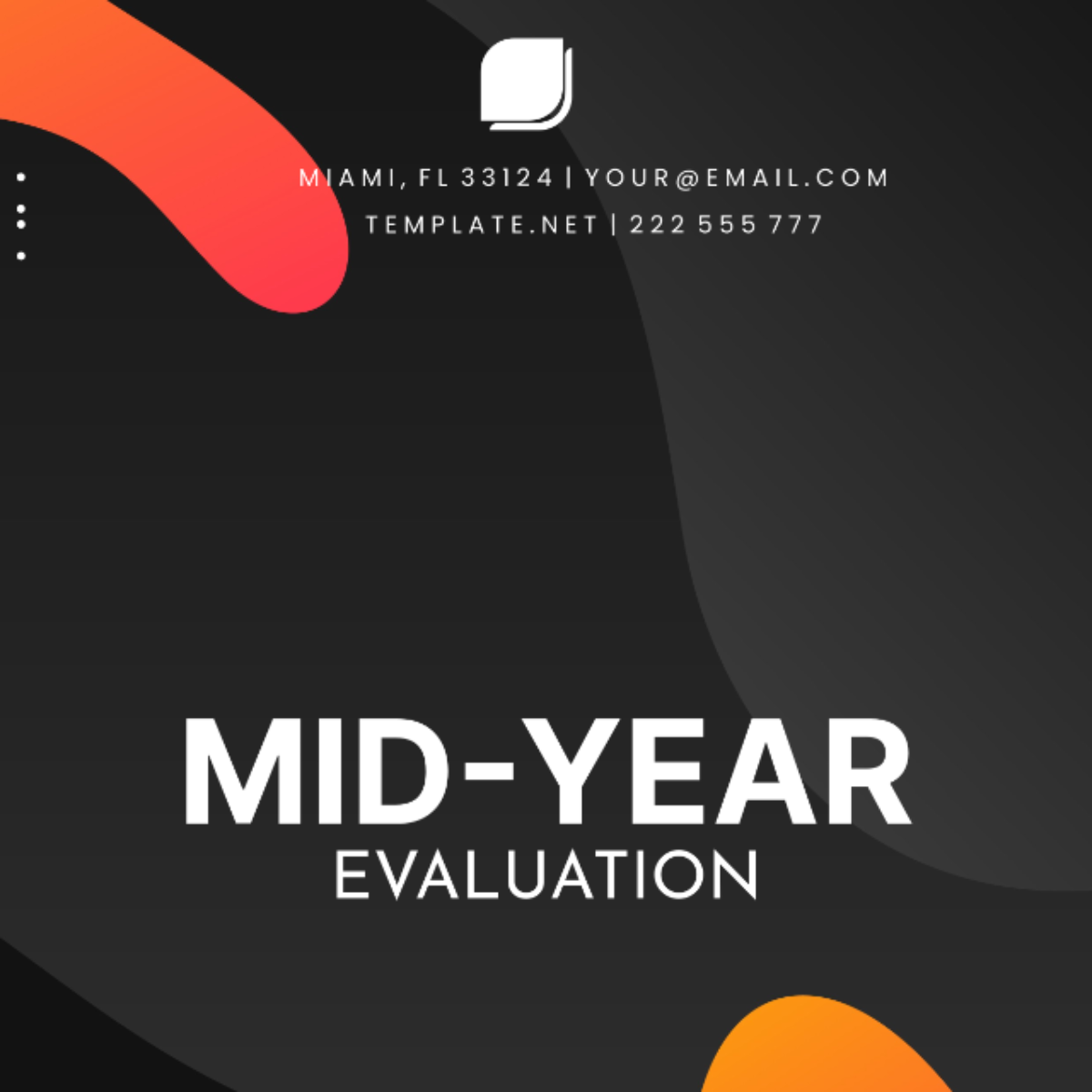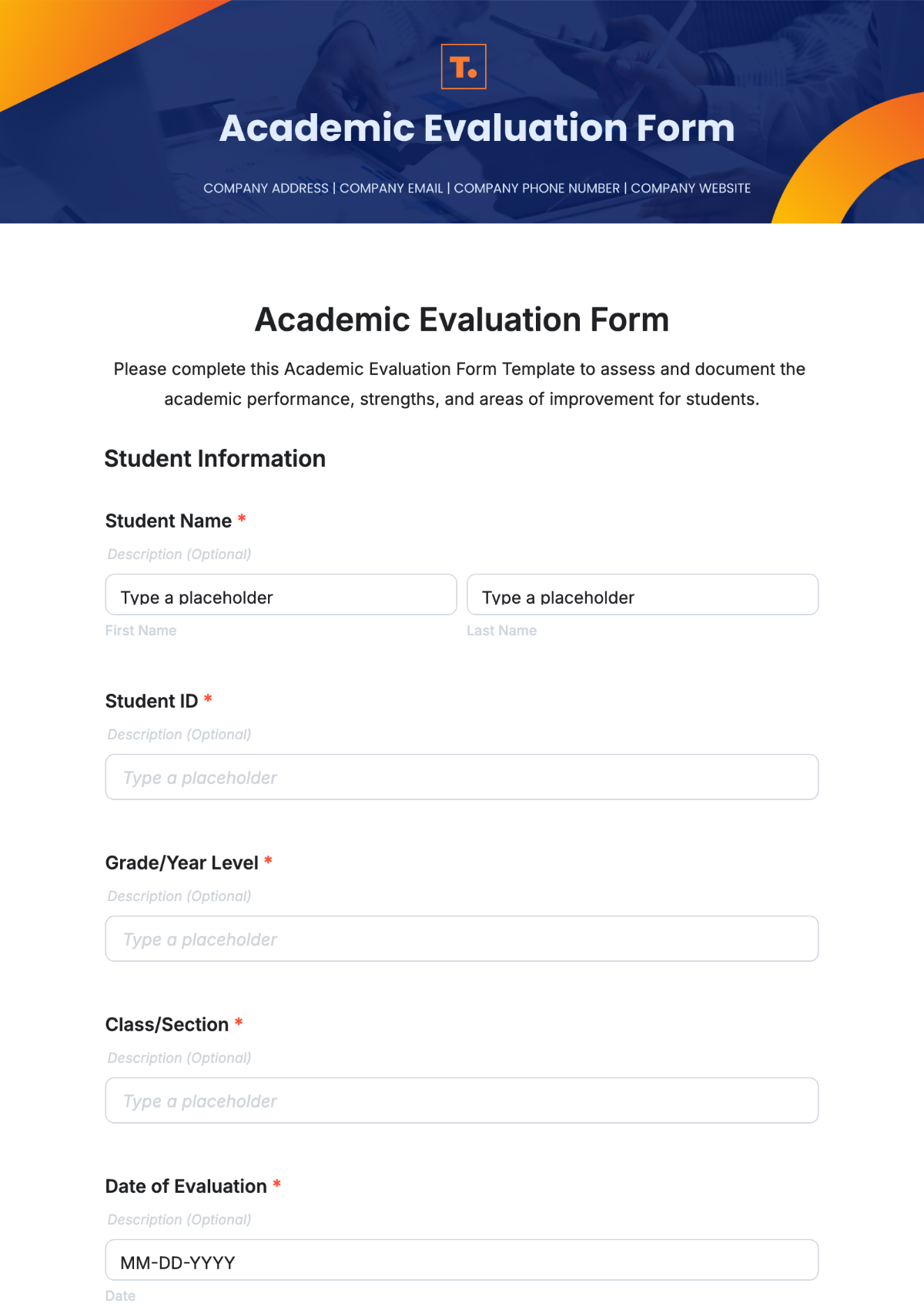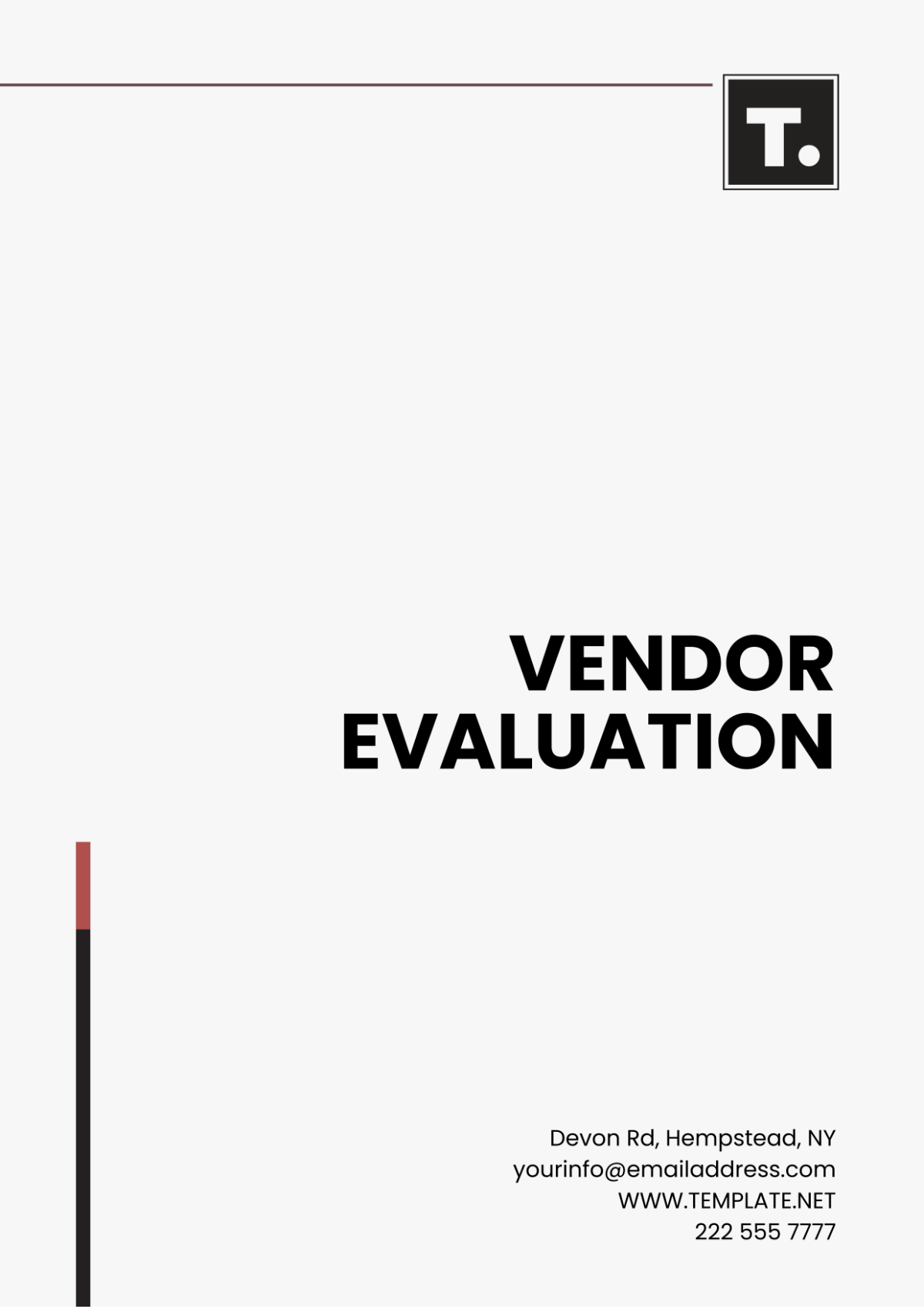User-Centered Evaluation Research Design
Prepared By: [YOUR NAME]
Date: [DATE]
I. Introduction
The objective of this research is to evaluate how well a product, service, or system meets the needs and preferences of its intended users. This study employs a user-centered evaluation research design, which involves systematically gathering user feedback and insights to enhance the usability, design, and functionality of the product from the user's perspective. The scope includes identifying user needs, evaluating current satisfaction levels, and proposing actionable improvements to better align the product with user requirements.
II. Methodology
A. Data Collection Techniques
Surveys and Questionnaires: Instruments that have been meticulously structured and carefully designed with the primary purpose of systematically collecting numerical or quantitative data.
Interviews: Conducting semi-structured interviews provides the opportunity to gather comprehensive and detailed qualitative insights.
Usability Testing: Observational studies in which users are asked to perform specific tasks to identify and address any usability issues that may arise.
Focus Groups: Group discussions are organized to explore, in a comprehensive manner, the perceptions, opinions, and attitudes of users. These discussions aim to delve deeply into how users feel and think about certain topics or products.
B. Data Analysis Techniques
Thematic Analysis: The process of recognizing and interpreting recurring patterns and overarching themes within qualitative data.
Statistical Analysis: The process involves utilizing various statistical methodologies and techniques to thoroughly examine and interpret quantitative data.
Heuristic Evaluation: Thorough evaluations conducted by specialists to pinpoint and address issues related to the ease of use and user experience of a product or service.
III. Participants
The user group studied consists of a diverse sample representing the intended users of the product, service, or system. This includes:
Demographic Attributes: Information about a person's age, gender, occupation, and background involves detailed data on their chronological age, gender identity, professional career, and personal history.
Experience Levels: Spanning from individuals with little to no prior knowledge or experience to those who are highly skilled and knowledgeable in the subject matter.
Usage Contexts: The variety of diverse environments and numerous situations where the product finds its utilization and application.
IV. Evaluation Criteria
Usability evaluates how easy the product is to use, focusing on how quickly users can learn it (learnability), how effortlessly they can perform tasks (ease of use), and their overall satisfaction. High usability means users can navigate and use the product with minimal frustration.
Functionality assesses whether the product’s features effectively meet user needs. It involves checking if the features perform as intended and solve user problems, ensuring they are practical and useful.
Performance measures the product’s efficiency in terms of speed, reliability, and effectiveness. It looks at how quickly tasks are completed, the consistency of the product’s operation, and the efficient use of resources.
Accessibility ensures the product is usable by people with disabilities. This includes support for assistive technologies, adherence to accessibility standards, and features like color contrast and keyboard navigation to make the product inclusive.
Aesthetics evaluates the visual appeal and overall design quality. It considers the attractiveness of the interface, the coherence of design elements, and how these contribute to a pleasant user experience.
V. Results
The findings from the research, based on user feedback and observations, include:
Evaluation Criteria | Positive Feedback | Negative Feedback | Observations |
|---|---|---|---|
Usability | Easy to navigate | Complex initial setup | Users struggled with advanced features |
Functionality | Comprehensive features | Some features are redundant | Users want more customization options |
Performance | Fast processing speed | Occasional crashes | System needs optimization |
Accessibility | Screen reader compatible | Color contrast issues | Needs better support for keyboard navigation |
Aesthetics | Modern design | Cluttered interface | The user interface needs simplification |
VI. Recommendations
Simplifying the initial setup process is crucial for ensuring users have a smooth and seamless experience from the start.
Eliminate any features that are unnecessary and repetitive, and increase the range of options for customization.
Optimize the whole system thoroughly to boost performance and fix the issues causing frequent crashes.
Improving accessibility means enhancing color contrast for clarity and optimizing keyboard navigation, making the experience more inclusive and user-friendly.
Simplify the user interface by removing unnecessary components and refining the design to provide a clearer, more intuitive, and user-friendly experience.
VII. Conclusion
The user-centered evaluation research design effectively identified key areas for improvement in the product, service, or system. By systematically gathering user feedback and insights, this methodology ensures that the final design better meets the needs and preferences of its intended users. The recommendations provided are aimed at enhancing usability, functionality, performance, accessibility, and aesthetics, leading to a more user-friendly and satisfying experience.
VIII. References
Norman, D. A. (2053). The Design of Everyday Things. Basic Books.
Krug, S. (2054). Don't Make Me Think, Revisited: A Common Sense Approach to Web Usability. New Riders.
Nielsen, J. (2094). Usability Engineering. Morgan Kaufmann.
